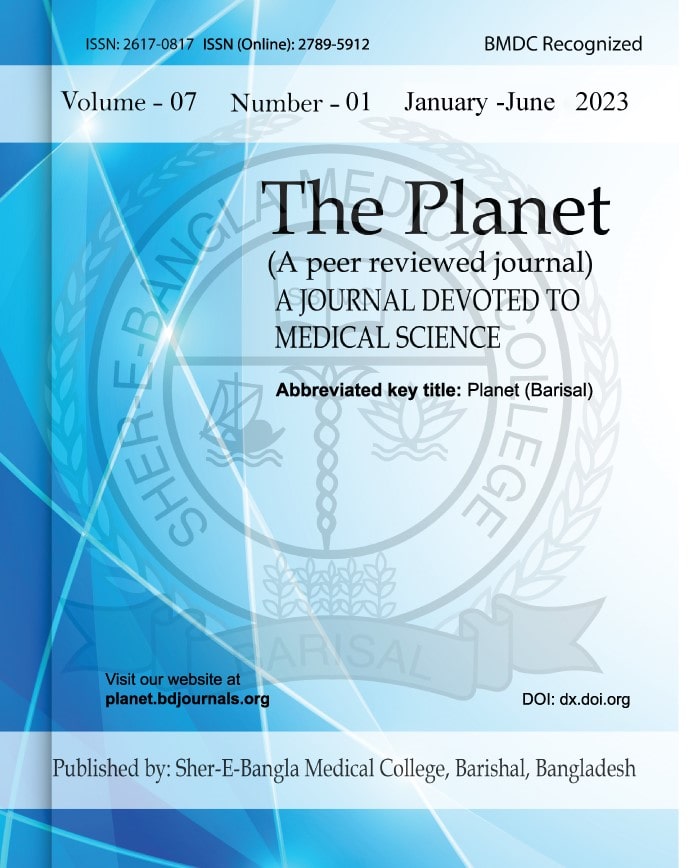Abstract
Introduction: The paediatric population accounts for an important portion of the global population. Ear problems in children are a major public health issue in developing countries. If left ignored, it may lead to complications with numerous social and psychological problems for afflicted children and their families. Aim of the study: The purpose of this study is to investigate the prevalence of preventable ear problems in children. Methods and Materials: This study was a hospital-based cross-sectional study conducted in Saheed Ziaur Rahman Medical College & Hospital, Bogura, Bangladesh, from September 2018 to September 2019. The study included 100 patients aged 5 to 16 years who had ear disease and were visited to the study institution. All of the data was gathered, recorded into a Microsoft Excel work sheet, and then descriptive statistics were used in SPSS 11.5 for analysis. Results: The majority of the participants (53%) were male. Most of the participants (40%) were aged 8-10 years. Otoscopic examination shows that majority 65 (65%) of the participants had apparently normal tympanic membrane (shiny). Three (3%) had dull and retracted tympanic membrane whereas 02 (2%) had perforated tympanic membrane. Thirty nine (39%) of the study population had otologic diseases whereas 61 (61%) did not. Impacted wax was the most common otologic disorder observed in 28 (28%) followed by otitis media with effusion 4 (4%). Various forms of intervention were offered to the study participants with otologic disease. Majority of them (23%) had ear syringing, whereas the rest were treated with ciprofloxacin/candibiotic (Clotrimazole, Chloramphenicol, Beclomethasone, and Lidocaine) ear drops, amoxicillin, and pseudoephedrine/triprolidine (Actifed). One (1%) had foreign body removal. Conclusion: According to the results of this survey, preventable ear disorders are widespread among children. Periodic ear examinations and health education are required.

This work is licensed under a Creative Commons Attribution 4.0 International License.
Copyright (c) 2024 The Planet


 PDF
PDF